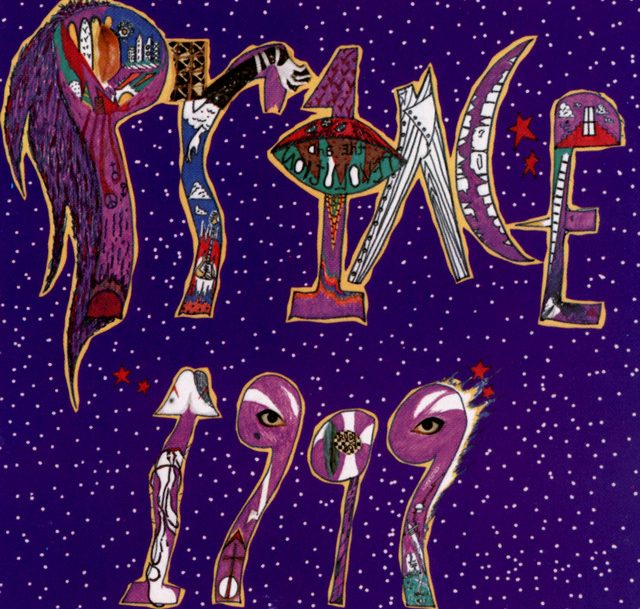When Prince recorded his 1999 album – while also piecing together two side-project records during a handful of feverish months in 1982 – its namesake year was still 17 years away. Then sound of an artist outstripping everyone else on the planet, 1999 still looms over pop culture like an arrival from a future waiting to happen. In perfecting his “Minneapolis sound” – a synth- and drum-machine-fuelled take on funk music – Prince not only set the template for mainstream pop throughout the remainder of the 80s, he reached years – even decades – ahead, signposting everything from the advent of techno music in the late 80s to the jittery electro-hip-hop that, in the early 21st century, would pilfer from his innovations.
Listen to ‘1999’ here.
“You just had to facilitate his creative energy”
Returning home after touring in support of his Controversy album, Prince bounced between the studio facilities he’d had installed in his house, in Chanhassen, Minnesota, and those at Sunset Sound Recorders in Los Angeles, juggling three projects at once as he set about creating the record that would launch him into the mainstream. Subsisting on junk food and coffee in order to keep round-the-clock hours, Prince ensured each of the albums he was recording would add fuel to a career that was on the verge of truly taking off. “You just had to facilitate his creative energy, which was all over the place all the time,” Sunset Sound engineer Peggy McCreary told this author for the book Lives Of The Musicians: Prince. “He told me one time that the only reason he went home was so I could sleep.”
Building on the debut album he’d masterminded for The Time, the group’s second record, What Time Is It?, housed the lithe funk grooves Prince created for Morris Day’s outfit to front, while a new side project, an all-female trio named Vanity 6, gave him an outlet for an entirely different batch of songs informed by explorations of femininity. As Vanity 6 member Brenda Bennet also recalled for this author, “He wasn’t so male that he couldn’t open up the female side of things in terms of trying to look at something with a woman’s eyes.” It was the 1999 album, however, which brought the threads of everything Prince had previously recorded together into his most cohesive artistic statement to date.
“We were creating this very sensual, sexual world of intrigue”
Reportedly the final song recorded for the album, during a late-night session sandwiched in between running rehearsals for his own band and The Time, 1999’s opening title track immediately made clear the untouchable plane Prince had reached. Built on domineering drum machine patterns, synth fanfares emulating an old-school funk horn section, and wiry wah-wah guitar sounding as though it had been beamed in from an interplanetary craft, the song was the purest possible expression of the “Minneapolis sound” – a much copied, never bettered concoction that soon became a hallmark of 80s pop music. “I was always amazed at how he could manipulate that Linn drum,” Peggy McCreary recalled. Though Prince’s mastery of the newly manufactured instrument immediately inspired many imitators to add one to their kit bags, McCreary said, “He programmed that thing better than anybody I’ve ever seen.”




